Don't be caught out by these wildflower picking laws this summer - or risk a £5,000 fine
Gardening experts outline the dos and don'ts of picking wildflowers

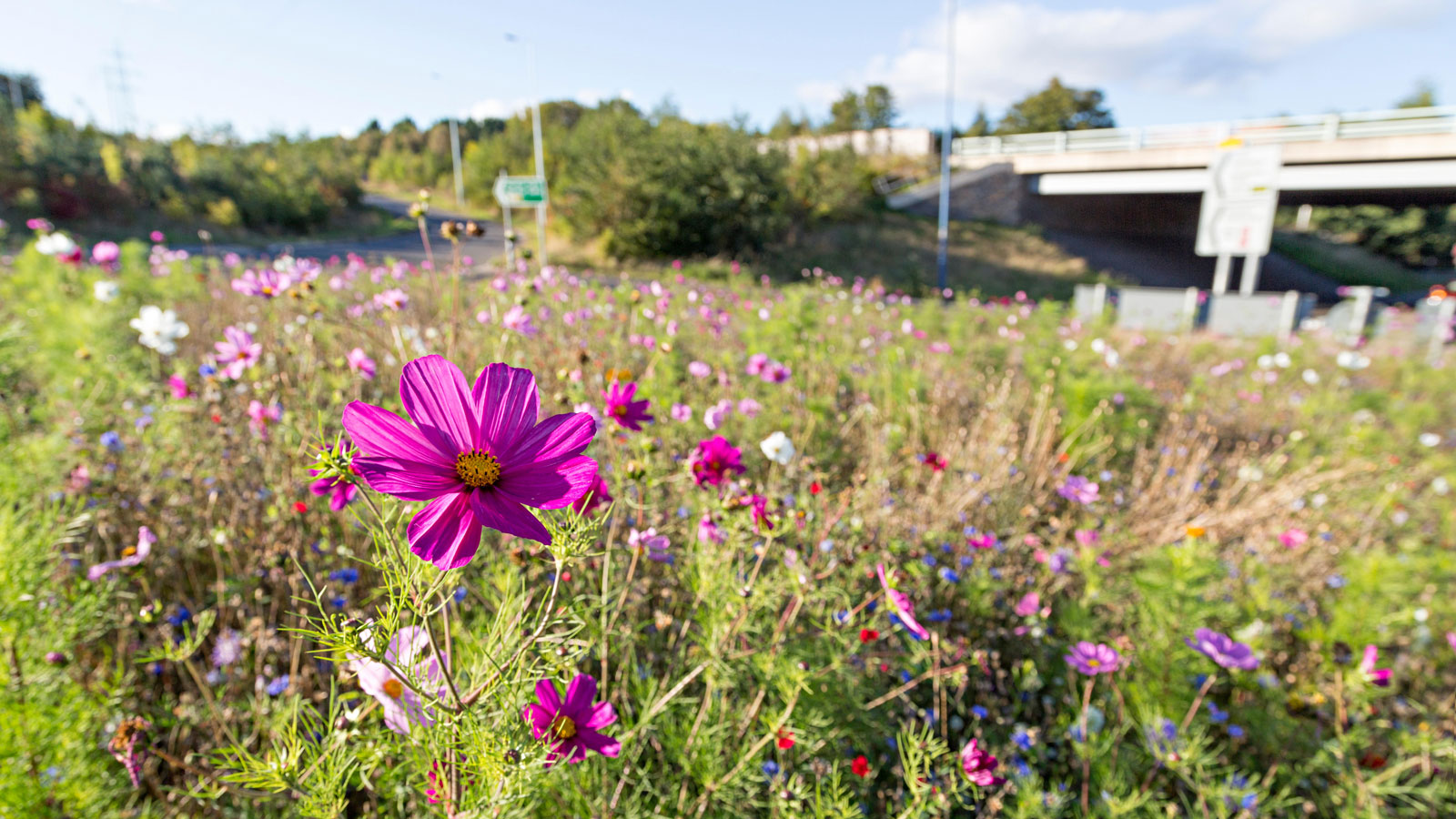
Wildflowers such as oxeye daisies and cow parsley might be in full bloom - but check these dos and don'ts before picking them.
Often seen pushing through cracks in pavements and brick walls, resilient and whimsical wildflowers are tempting to take home and display in a vase. However, this could result in a fine or imprisonment if you are particularly unlucky.
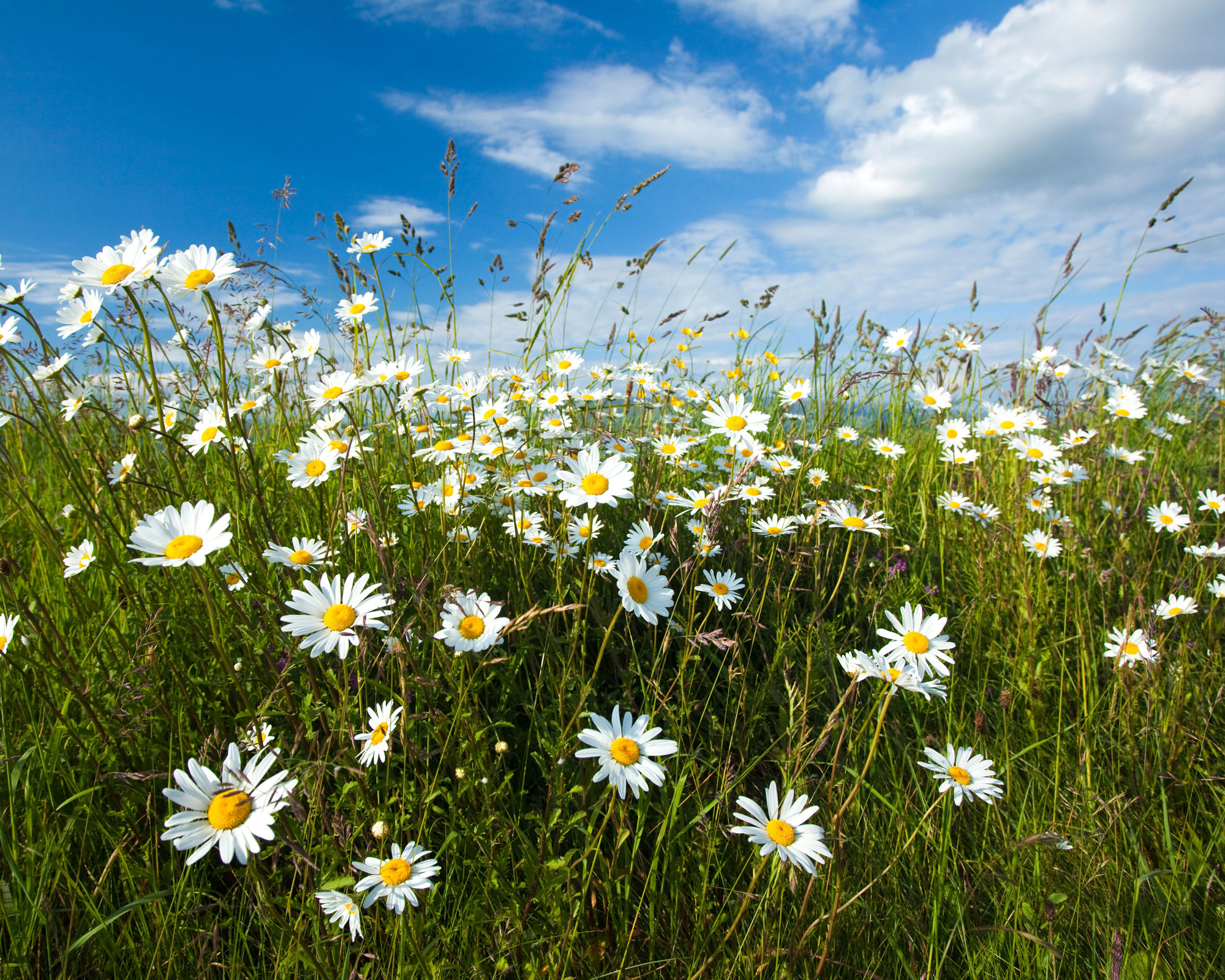
The plant professionals at online garden center Gardening Express have issued a reminder so flower lovers can avoid a fine of up to £5,000.
Is it illegal to pick wildflowers in the UK?
The laws around flower picking generally fall under two categories: the Wildlife and Countryside Act of 1981, and the Theft Act of 1968. Flowers growing in council parks are legally completely off-limits, so you shouldn't pick any flowers from your local park.
The same goes for council-maintained displays in the following places: roundabouts, verges, nature reserves and protected land. Plus, if you're on private land, picking flowers would technically mean you're breaking the 1968 Theft Act.
So if you're not in any of the places above and not on private land, fruit, foliage, fungi, or flowers growing wild are fine to pick - if you're picking them for your personal use only. It won't normally be an offence to do so.
Avoid any problems by growing the best cutting garden flowers and fill your home with homegrown blooms.
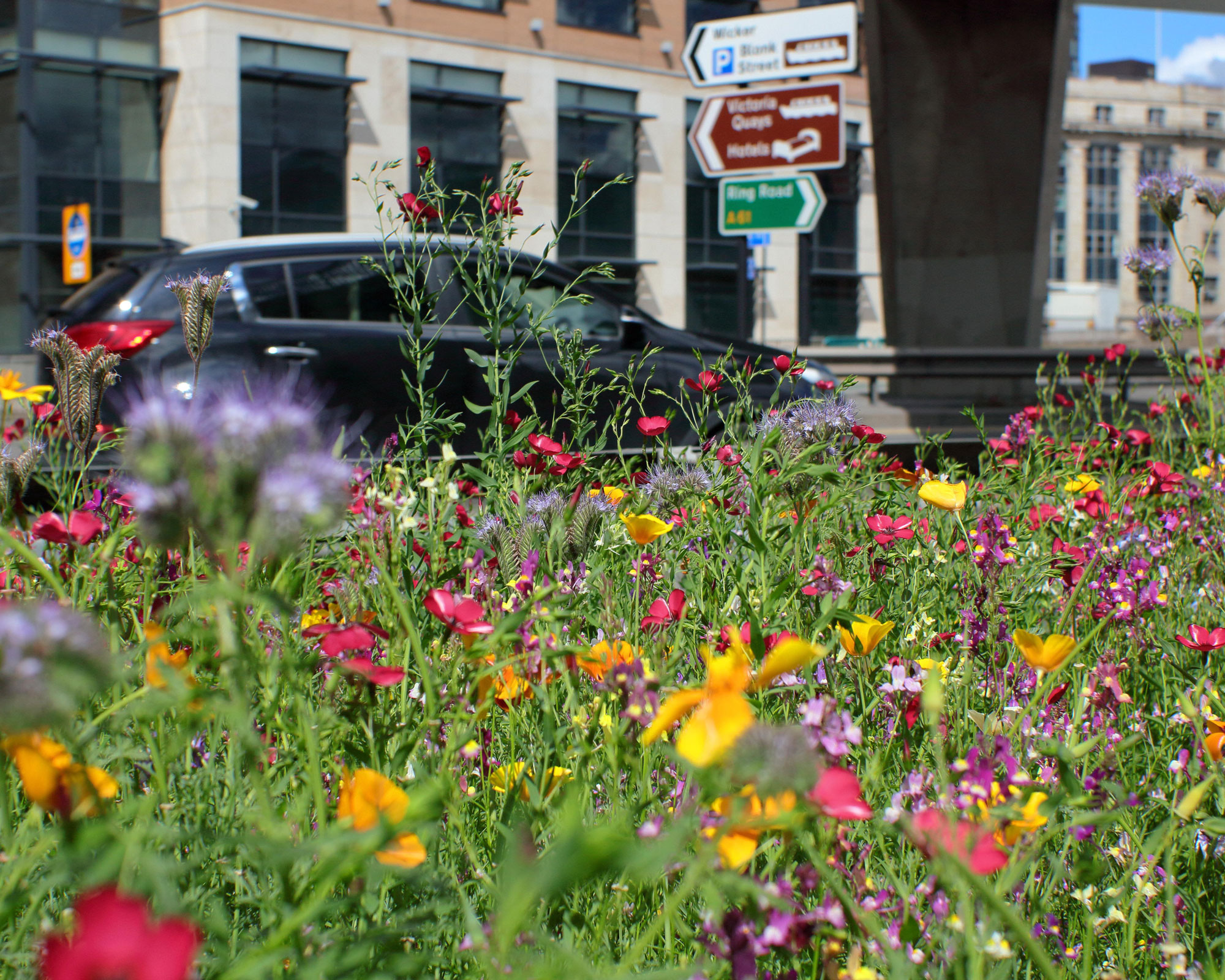
'The rules and regulations to do with picking flowers on British soil are fairly straightforward,' Chris Bonnett from GardeningExpress.co.uk says. 'But they are enforced by sets of guidelines and codes of conduct.'
Where you could get into trouble is if you pick a rare or endangered plant protected under the 1981 Wildlife and Countryside Act. Pick any of these and you could face arrest, up to six months imprisonment, and a maximum £5,000 fine.
Even if you’re legally permitted to pick certain wildflowers, you should never uproot them to be re-planted, unless you have explicit permission to do so. As a rule of thumb, you should only pick one flower for every 20 in the patch. If there are fewer than 20, leave them be.
'Much of it comes down to common sense,' Chris adds, 'you wouldn’t want someone plucking flowers from your own front garden, for instance.'
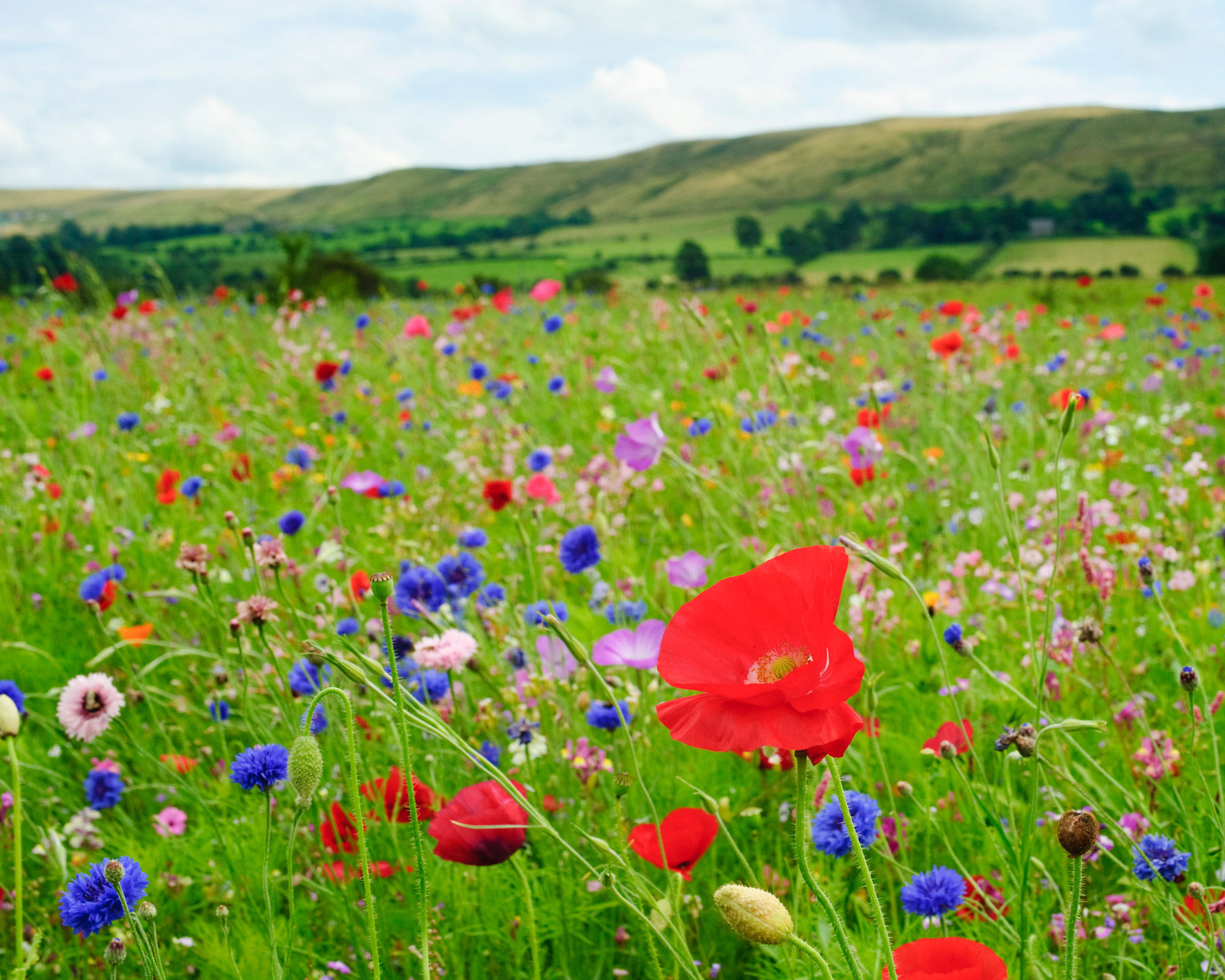
Don't
- Pick flowers in public parks or community gardens
- Pick flowers on National Trust property or nature reserves
- Pick flowers from roundabouts maintained by the council
- Intentionally pick, uproot or destroy any plant without permission from the landowner or occupier
- Pick any flower found on the Schedule 8 list of protected plants
- Disturb wildlife within the area
Do
- Pick flowers that are not privately owned or critically endangered
- Pick only one flower out of every twenty
- Pick flowers from patches where there are lots of flowers, leaving plenty for others to enjoy
- Leave a substantial amount of the plant to allow it to continue to grow
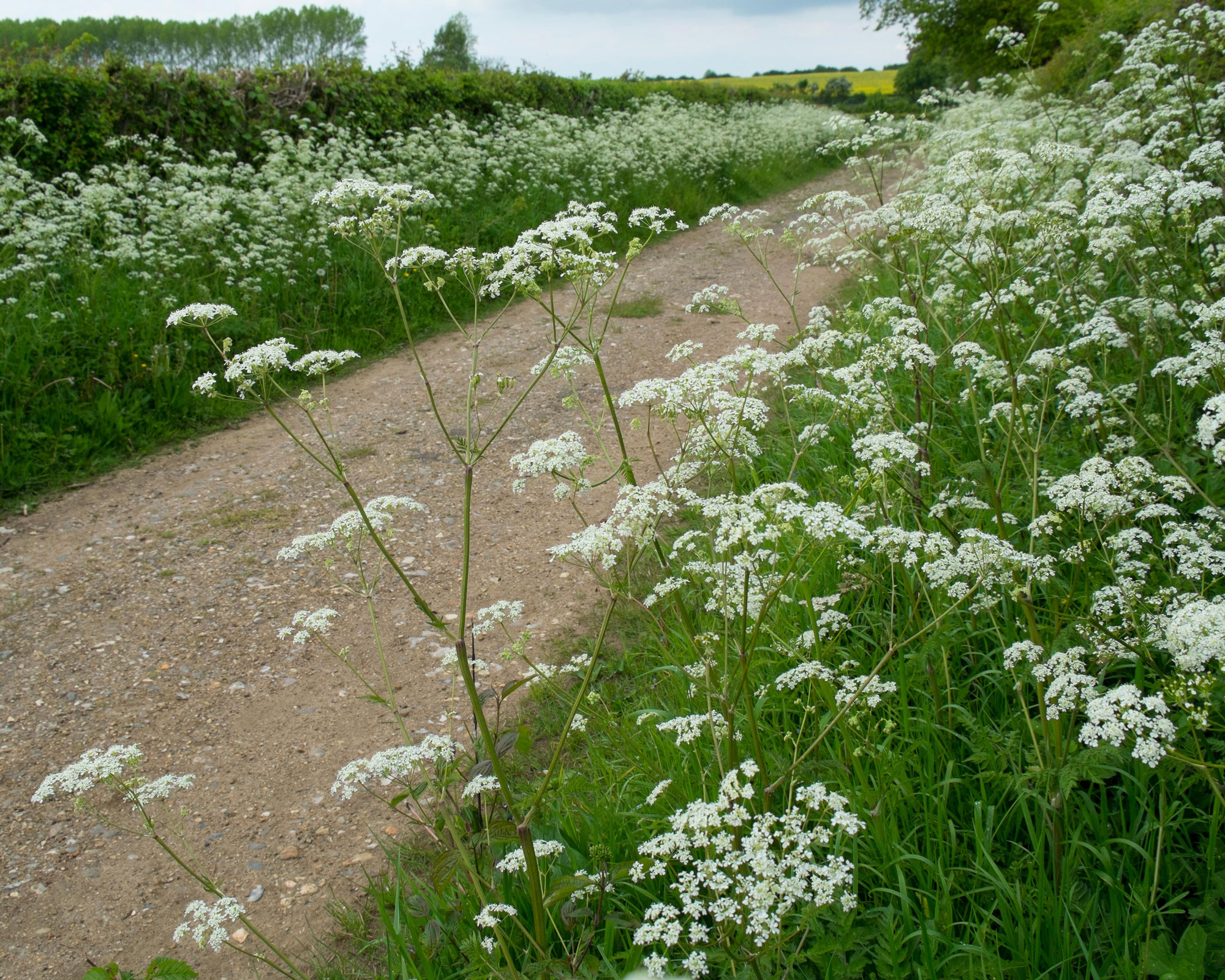
You can pick fresh blooms to display inside whenever you wish by learning how to plant a wildflower meadow and transforming an unused area of your own garden. For more tips on creating a space to help local wildlife thrive, head to our wildlife garden ideas roundup.
If in doubt, it's best to leave wildflowers be and enjoy them as one of the joys of the summer season.

Millie Hurst has worked in digital journalism for five years, having previously worked as a Senior SEO Editor at News UK both in London and New York. She joined the Future team in early 2021, working across several brands, including Gardeningetc. Now, she is Senior Content Editor at Ideal Home, taking care of evergreen articles aimed at inspiring people to make the most of their homes and outdoor spaces.
